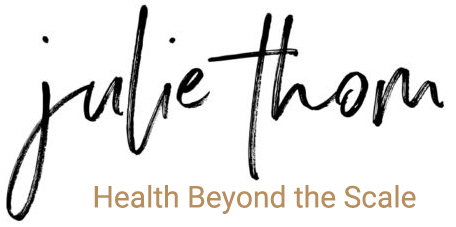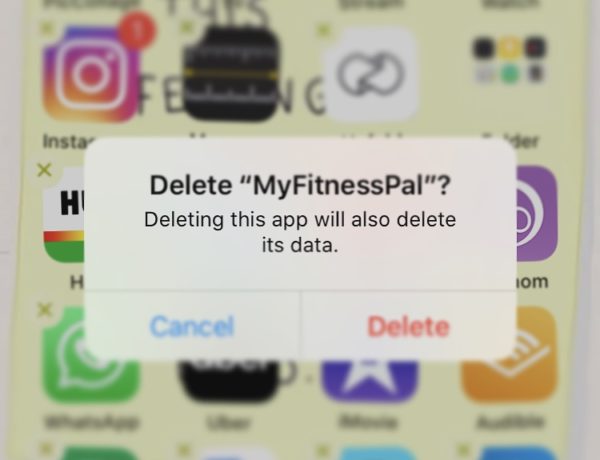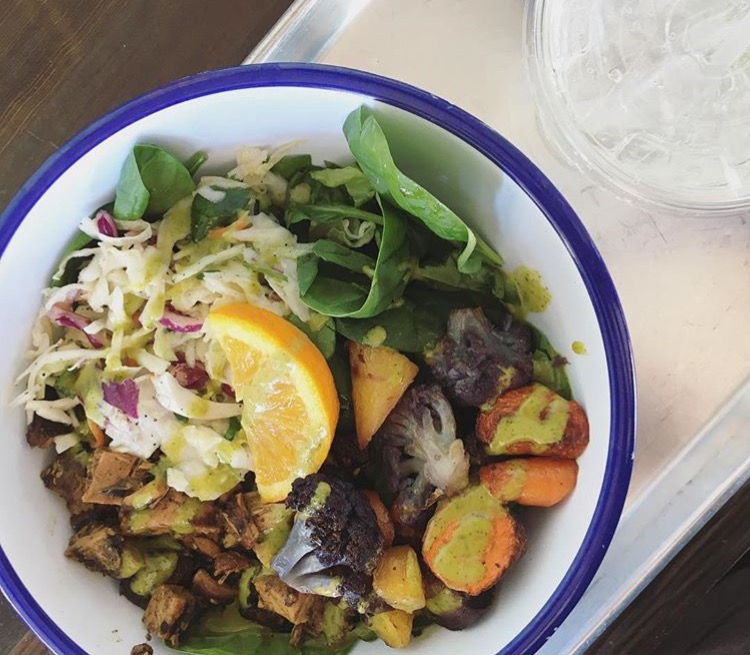Hey there strong people!
Chances are we have done a squat today. Whether you have been to a gym or not. Chances also are we did not: start by pushing our hips back as we bent our knees, while maintaining a neutral spine, our chest up, shoulders back, weight towards the heels, and kept our core tight…phew! At home we sit down on the toilet or chair, bend over to pet the dog, and many other squatting motions. In the gym, theres bodyweight, goblet, barbell, and kettle bell squats…wall balls, thrusters, TRX squats, and so many more. A good squat requires work and it is important that we address any issues before adding any loads to our body. Many times our squats suffer from mobility issue, but it can also be a stability issue or weaknesses in certain areas. The following exercises are 5 potential issues you may be dealing with. If you think that one issue is greater, comment bellow for more exercise ideas (i.e. if you suffer form really tight hips, I can add more).
1. Ankle Mobility-Knee taps on wall. Helps increase ankle dorsiflexion which is important to reach proper range of motion in a squat. If you have limited range of motion, it can lead to injury. Adequate ankle dorsiflexion also allows your knees track over your toes.


Set your foot far back enough so that you feel a stretch in your achilles but close enough that your heel stays on the floor. Gently tap your knee on on the wall using the wall as support.
2. Glute Activation-Single-Mini band lateral-steps. This is very helpful especially if your knees come inward when you squat. Using the mini band helps properly activate or “fire” the glutes when squatting.
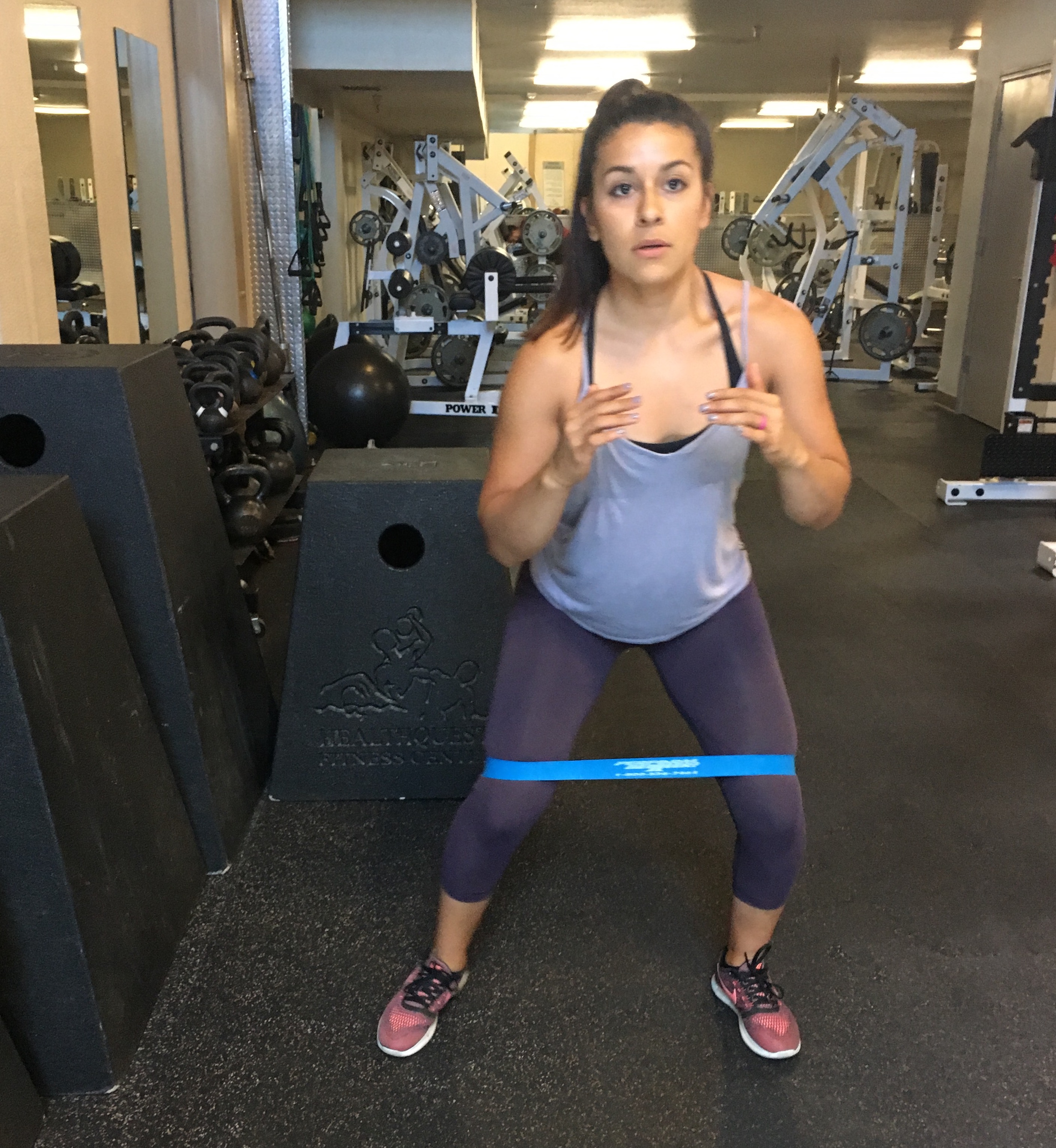

The mini-bands I use can be found on performbetter.com and are very affordable.
Place the mini band above your knees. In an athletic stance or quarter squat, take a big lateral step and control the opposite foot as it comes in.
3. Hip Flexor Mobility-3 position banded Hip-flexor stretch. Being able to get to the desired position in a squat while maintaining a “neutral spine”, requires proper flexion of the hips. Poor hip mobility can lead to improper movement patterns and compensation which in turn can lead to injury.


Again, the heavy bands I use can be found on performbetter.com.
Loop a heavy band around a rig or squat rack at your hip level when kneeling. Place one foot into the band and place the band around your hip. Take a step forward with the opposite leg into a lunge position. Place an abmat or pad under knee. Tuck your hips, squeeze your glutes and drive hips forward. Position 1: in lunge position, lift arms towards knee that is in front (or arms on hips). Position 2: bring both hands on the inside of the front foot and push knee out with closest arm. Position 3: outside arm stays on the floor and closest arm to front knee comes up towards the sky.
4. Core Strength-Weighted planks. Core stability (abdominals and low back) is important to stabilize your back and have a good neutral spine position as you squat. Whether you are adding a load to your body or not, proper core strength and stabilization is important to improve your technique.
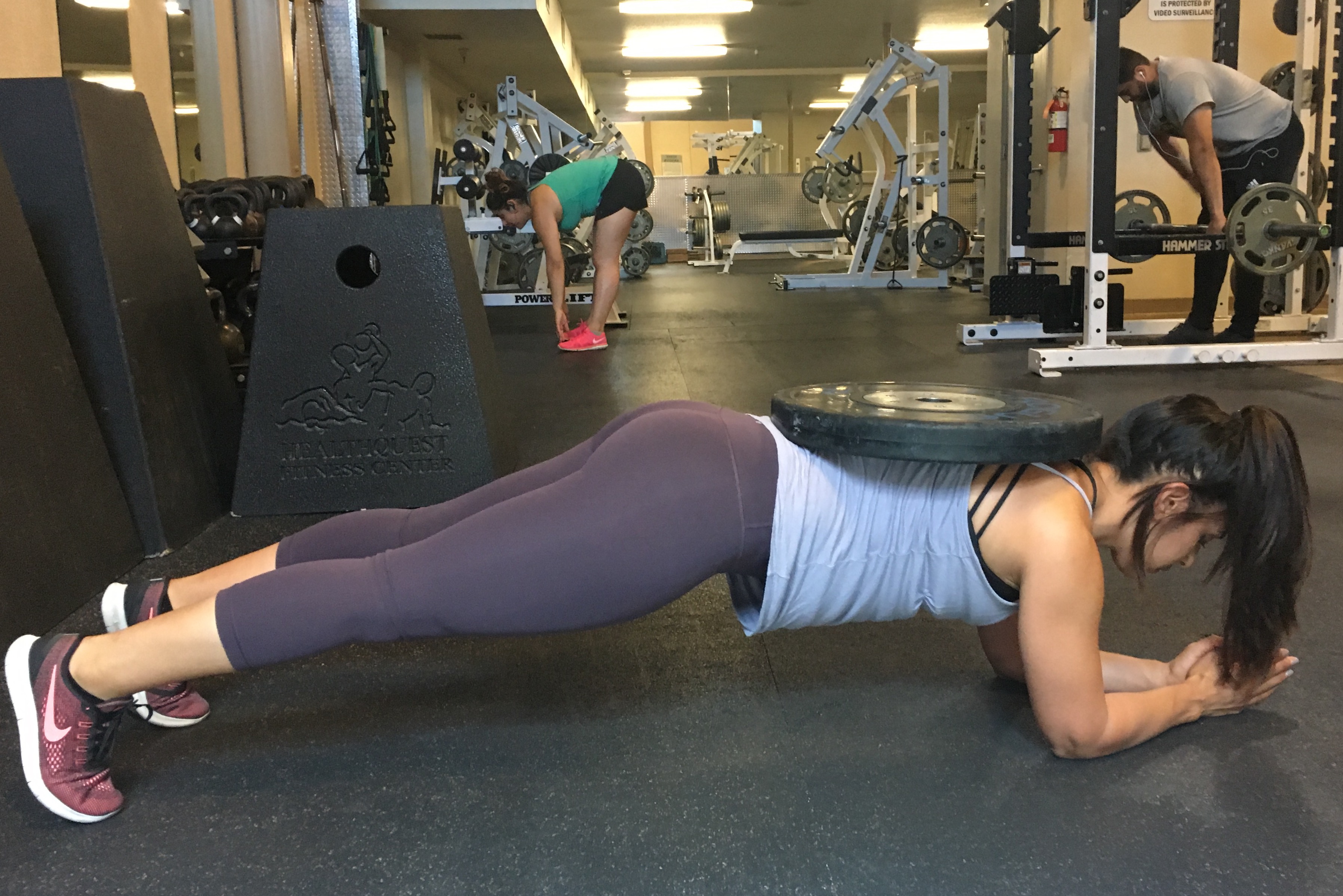

[Advanced Movement] Place a bumper plate on the middle of your back. Get into an elbow or full plank. Make sure your low back does not dip, “pull” your belly button up towards your spine, and keep your booty down. Works great with a partner.
5. Thoracic Spine Mobility-“Can-openers” with foam roller. If you are having a hard time staying upright as you squat (upright torso), it may be an issue with thoracic spine mobility. Your thoracic spine is the area of your back between the cervical spine (neck) and the lumbar spine (low back). When there is poor mobility here, your chest falls forward (since spine cannot fully extend). While this may be obvious for some people who can’t get into a proper position due to their chest dropping, other people compensate by hyperextending their lumbar spine (low back). All of these issues are problematic and can lead to injury if not addressed.
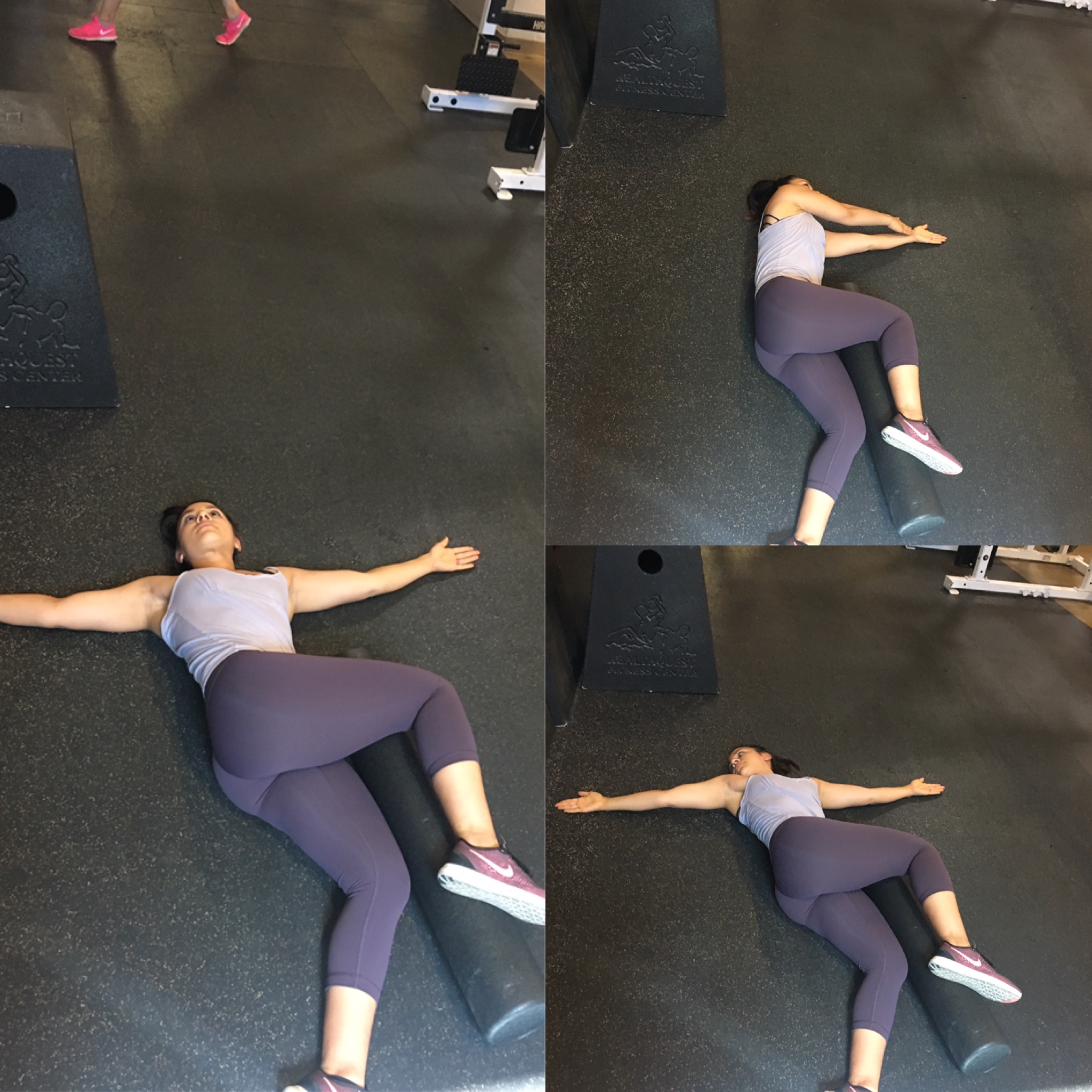

Lying on you back, tuck one knee towards your chest and drop it across your body. Place the foam roller under the top knee parallel to your body. Open your arms up to create a “T”. Now, bring your top arm toward the opposite arm and back. Repeat 10 times.
PLEASE COMMENT BELLOW WITH ANY QUESTIONS. Have a great day!
